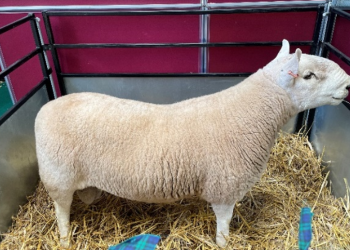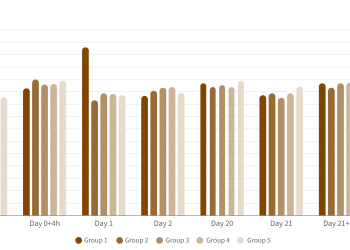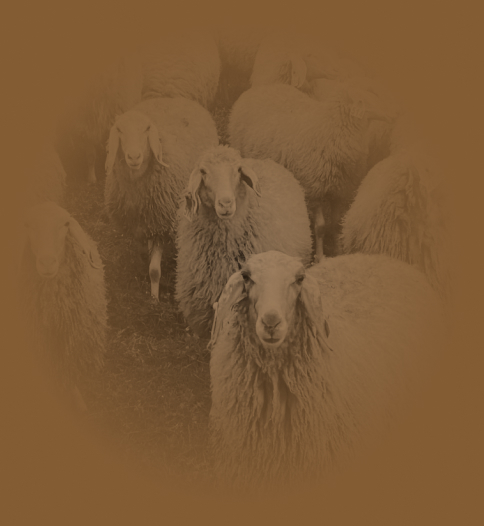First important point: shedding
To understand the transmission of these abortifacient pathogens, we must first focus on their shedding.
“Reducing pathogen shedding is a key point in controlling the spread of the pathogen”.
Chlamydia has a complex cycle, making it difficult to control and prevent. During the lambing and kidding season it can easily spread through the herd as the main shedding routes are vaginal secretion during abortions or births, placentas and foetuses.
However, it can also be shed during oestrus. When an animal is infected, it develops an immune response that protects it from abortions for about three years, but even if there are no clinical signs, Chlamydia is still shed in subsequent births and oestrus.
“Chlamydia and Salmonella are mainly shed through vaginal secretion, placentas and foetuses”.
Salmonella is also shed after abortion or birth through vaginal secretion, placenta and foetal tissues (mainly stomach, brain, liver and spleen). But it can also be shed through colostrum, milk and faeces.
How do healthy animals get infected?
After being shed, pathogens contaminate surfaces and animals become infected by ingestion. Another way of transmission is through inhalation of aerosols.
“Both Chlamydia and Salmonella have an oronasal transmission route”.
A critical point of infection is the direct contact of healthy animals with placentas or foetuses.
What can we do to reduce their spread?
● A vaccine capable of reducing shedding is a key tool for controlling and preventing abortion-inducing infections. HIPRA Laboratories launched the only inactivated vaccine against Chlamydia and Salmonella which has been shown to reduce the shedding of both pathogens.
● Proper handling and biosecurity is also very important .
Article written by:
Tania Perálvarez Puerta. Product Manager Small Ruminants Unit – HIPRA




